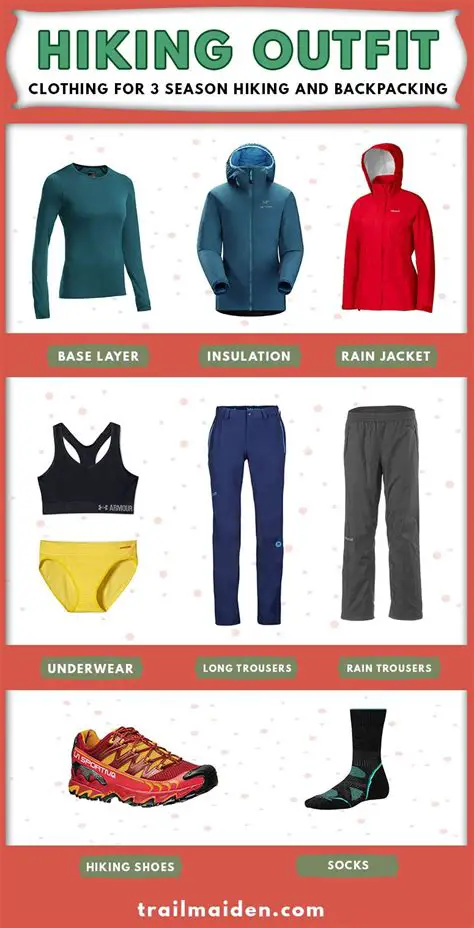Introduction:
As the chill of winter descends upon us, it becomes essential to don the appropriate attire for walking outdoors. Winter walking clothes are designed to protect you from the elements, keeping you warm, dry, and comfortable even in the most frigid conditions. Choosing the right clothing is crucial for ensuring a safe and enjoyable walking experience.

Choosing the Perfect Winter Walking Clothes:
Selecting the ideal winter walking clothes depends on several factors, including:
- Temperature: The ambient temperature will greatly influence the type of clothing you need.
- Weather Conditions: Consider the likelihood of rain, snow, or wind when selecting your clothing.
- Body Metabolism: Some individuals have a higher metabolic rate and tend to generate more heat, while others feel the cold more easily.
- Walking Intensity: The intensity of your walking will also affect the clothing you choose.
Essential Layers for Winter Walking:
A layering system is the key to optimal warmth and comfort when walking in winter. The three essential layers are:
1. Base Layer:
- Primary Purpose: To wick away moisture from the skin.
- Recommended Materials: Synthetic fibers such as polyester or nylon, which are lightweight and moisture-wicking.
2. Mid Layer:
- Primary Purpose: To provide insulation and warmth.
- Recommended Materials: Fleece or insulated fabrics, which trap air and create a barrier against the cold.
3. Outer Layer:
- Primary Purpose: To protect against the elements (wind, rain, or snow).
- Recommended Materials: Waterproof and breathable materials such as Gore-Tex or eVent, which allow moisture vapor to escape while keeping rain and snow out.
Choosing Specific Clothing Items:
1. Tops:
- Base Layer: Long-sleeved moisture-wicking undershirt.
- Mid Layer: Fleece or insulated jacket.
- Outer Layer: Waterproof and breathable shell jacket or parka.
2. Bottoms:
- Base Layer: Moisture-wicking thermals or tights.
- Mid Layer: Fleece-lined pants or leggings.
- Outer Layer: Waterproof and breathable pants or snow pants.
3. Footwear:
- Choose insulated and waterproof hiking boots or winter-specific shoes with good traction for icy surfaces.
4. Accessories:
- Hat: Warm, windproof, and moisture-wicking beanie.
- Gloves: Insulated and waterproof gloves or mittens.
- Socks: Thick and moisture-wicking wool or synthetic socks.
- Scarf: Breathable and wind-resistant scarf for added neck protection.
Why Winter Walking Clothes Matter:
1. Protection from the Elements:
- Keeps you warm and dry in freezing temperatures.
- Guards against wind, rain, and snow.
- Shields from harmful UV rays.
2. Comfort and Performance:
- Enhances mobility and freedom of movement.
- Reduces muscle stiffness and improves flexibility.
- Wicks away moisture, preventing sweat buildup.
3. Safety:
- Improves visibility in poor weather conditions.
- Reduces the risk of hypothermia and frostbite.
- Allows you to walk confidently and safely.
Pros and Cons of Different Winter Walking Clothes:
| Clothing Item | Pros | Cons |
|---|---|---|
| Fleece | Lightweight, warm, and breathable | Not waterproof, can pill and absorb moisture |
| Down | Warm and packable, high warmth-to-weight ratio | Expensive, not waterproof, loses insulation when wet |
| Synthetic Insulation | Affordable, lightweight, and waterproof | Less breathable than natural materials |
| Gore-Tex | Waterproof, breathable, and durable | Expensive, can be less comfortable than other materials |
| Softshell | Hybrid material that combines insulation with weather resistance | Less waterproof than hardshell fabrics, not as breathable as fleece |
Strategies for Staying Warm while Winter Walking:
1. Layer Appropriately:
- Wear different layers to trap air and insulate your body.
- Start with a moisture-wicking base layer, add an insulating mid layer, and top it off with a weather-proof outer layer.
2. Cover Exposed Areas:
- Wear a hat, gloves, and scarf to prevent heat loss from extremities.
- Cover your face with a moisture-wicking neck gaiter.
- Choose windproof and insulated accessories.
3. Stay Hydrated:
- Dehydration can lead to hypothermia.
- Drink plenty of fluids, even when you don’t feel thirsty.
- Carry a thermos or hydration pack with warm, non-alcoholic beverages.
4. Avoid Sweating:
- Sweating can lead to moisture build-up and increased heat loss.
- Dress in breathable materials and adjust your clothing as needed to avoid overheating.
5. Listen to Your Body:
- Pay attention to your body’s signals and take breaks when necessary.
- If you start to shiver or feel cold, add more layers or seek shelter.
- If you experience numbness or tingling, seek immediate medical attention.
Additional Tips for Winter Walking Clothes:
- Choose bright or reflective colors: This helps increase visibility in low-light conditions.
- Avoid cotton: Cotton absorbs moisture and can become uncomfortable when wet.
- Consider gaiters: Gaiters keep snow and water out of your boots.
- Invest in high-quality gear: Durable and well-made clothing will last longer and perform better.
- Test your clothing: Before venturing out on a long walk, test your clothing in different weather conditions to ensure it keeps you warm and dry.
Conclusion:
Walking in winter can be a rewarding and enjoyable experience with the right clothing. By understanding the different layers of clothing, choosing appropriate clothing items, and implementing effective strategies, you can ensure a safe and comfortable walk even in the coldest conditions. Remember to always prioritize safety, listen to your body, and enjoy the beauty of winter while staying warm and protected.
